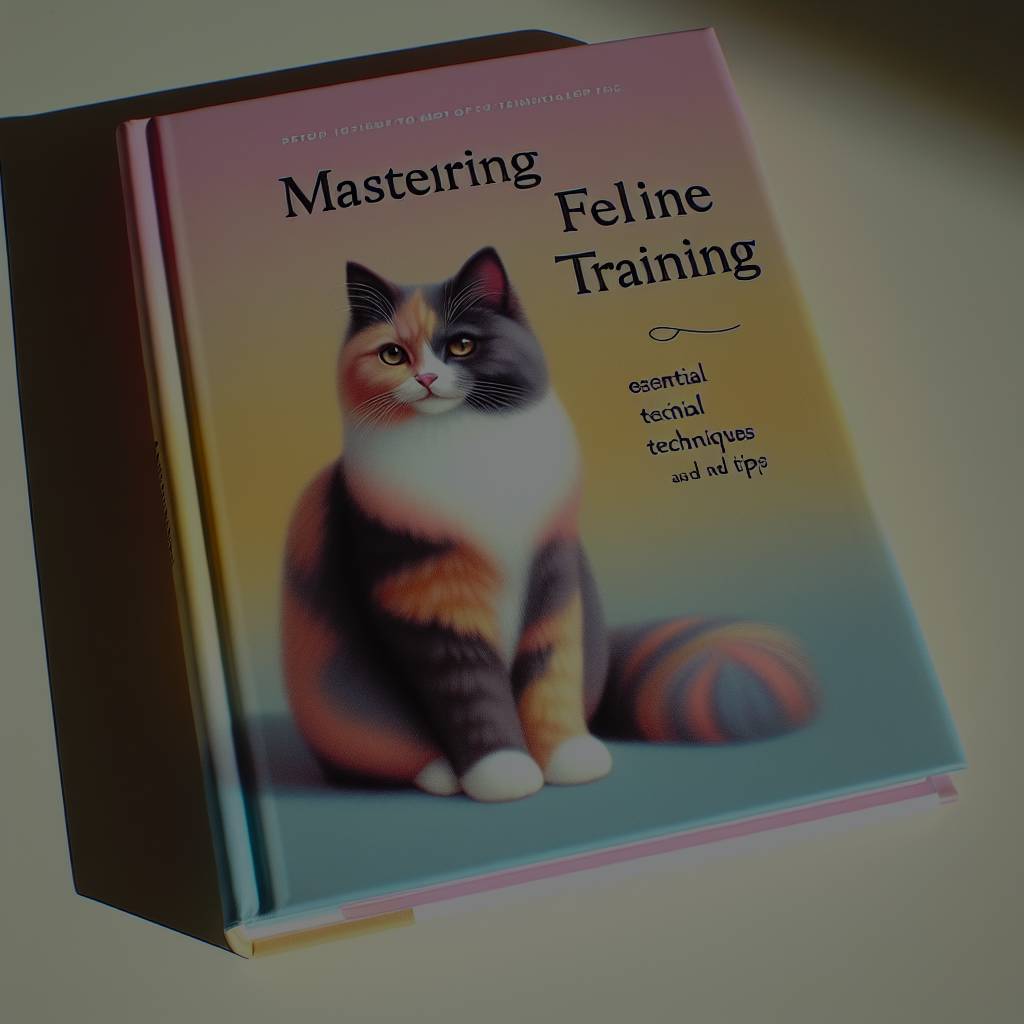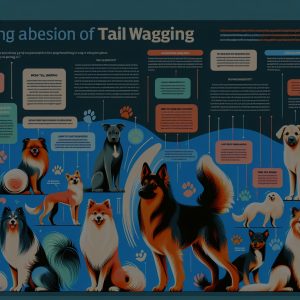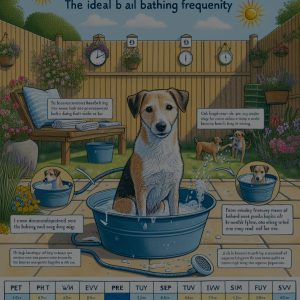
Mastering Feline Training: Essential Techniques and Tips
Training a cat may seem like a daunting task, but with the right techniques and strategies, it can be a rewarding experience for both you and your feline companion. Understanding the basics of feline training is crucial in order to establish a strong foundation for effective training sessions. In this article, we will explore the fundamentals of feline training and provide you with proven strategies to help you train your cat effectively.
Understanding the Basics of Feline Training
Before diving into training techniques, it is important to understand the basics of feline behavior. Cats are independent creatures with their own unique personalities, and training them requires patience and a deep understanding of their instincts. Unlike dogs, cats are not naturally inclined to please their owners, which makes training them a different challenge altogether.
One key aspect of feline training is understanding positive reinforcement. Cats respond well to rewards and praise, so it is important to use these incentives to encourage desired behaviors. Punishment or negative reinforcement is not recommended as it can lead to fear and stress in cats, ultimately hindering the training process.
Another important factor to keep in mind is consistency. Cats thrive on routine and familiarity, so establishing a consistent training schedule is crucial. Training sessions should be short, typically lasting no longer than 10 minutes, to keep your cat engaged and prevent them from becoming bored or overwhelmed.
Proven Strategies to Train Your Cat Effectively
When it comes to training your cat effectively, there are several proven strategies that can be utilized. Firstly, it is essential to start with basic commands such as "sit," "stay," or "come." Use treats or favorite toys as rewards to reinforce the desired behavior. Gradually increase the difficulty of the commands as your cat becomes more comfortable and responsive.
Another effective technique is clicker training. This method involves using a clicker to mark the desired behavior, followed by a reward. The clicker serves as a consistent sound cue that your cat will associate with positive reinforcements.
Additionally, utilizing environmental enrichment is key to feline training. Provide your cat with toys, scratching posts, and climbing structures to redirect their natural instincts and prevent destructive behavior. This will not only keep them mentally stimulated but also make them less likely to engage in unwanted behaviors.
Mastering feline training requires patience and understanding. By understanding the basics of feline behavior and implementing proven strategies, you can effectively train your cat and build a strong bond with them. Remember to always use positive reinforcement, be consistent, and provide environmental enrichment to ensure a successful training experience. With time and dedication, you can witness your cat’s progress and enjoy the benefits of a well-trained feline companion.
Sure, here’s a suggested “You might be interested in” paragraph with embedded Wikipedia article links: — Speaking of feline training, you might be interested in learning about [cat intelligence](https://en.wikipedia.org/wiki/Cat_intelligence), which explores the cognitive abilities of cats and how they learn new skills. If you’re curious about the behavior patterns of your furry friend, the [feline behavior](https://en.wikipedia.org/wiki/Feline_behavior) article provides a deep dive into the natural instincts and social behaviors of cats. Additionally, understanding the role of [positive reinforcement](https://en.wikipedia.org/wiki/Positive_reinforcement) in training can be incredibly beneficial. Lastly, check out more on [environmental enrichment](https://en.wikipedia.org/wiki/Environmental_enrichment), which is crucial for preventing boredom and enhancing your cat’s overall well-being. — This paragraph integrates relevant Wikipedia links naturally, enhancing the reader’s understanding of related topics.










